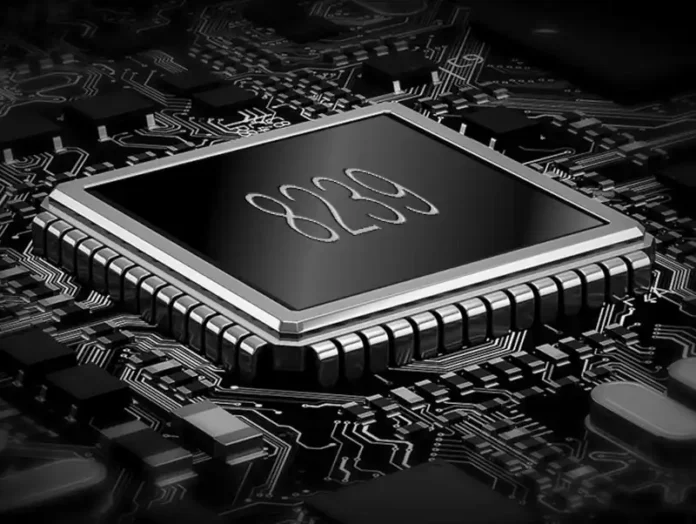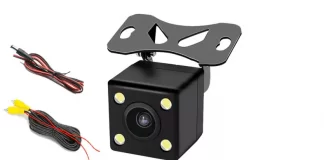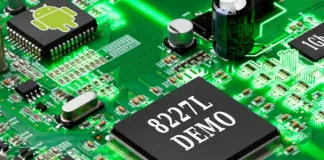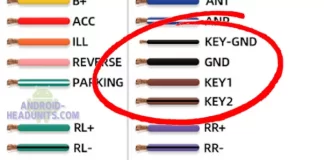The full_8239_demo MCU.
MCU
MCU is the central processing that runs Android and the useful features of the Android Headunit. It’s easy to call the MicroController Units (MCU) just ‘processors’ as this is more universally understood.
Processing Speed
The MCU processing speed has a big impact on the speed of the Android system. RAM included with the MCU package is the second biggest speed factor.
RAM
Too little RAM and the apps will run slowly; too few cores or too low a clock speed and the apps will run slow.
Specifications of Alps 8239
We look at the specifications of the 8239, its processing power, and how much RAM it can use to determine if the 8239 is a good Android headunit chip or one to avoid.
Cores
The Alps full_8239_demo has 4 cores.
A modern specification for an Android headunit MCU processor would have at least 6 cores, but eight and ten are often used in the later chips to improve speed.
Each of the 4 cores comprises a single ARM Cortex-A7 core.
The 8239 has 4x ARM Cortex – A7 core
The A7 core was devised in 2011 and produced to supply bottom-end and low-power devices. It is surprising to see such low power, poorly specified (by modern standards) processing chip so slow.
Features
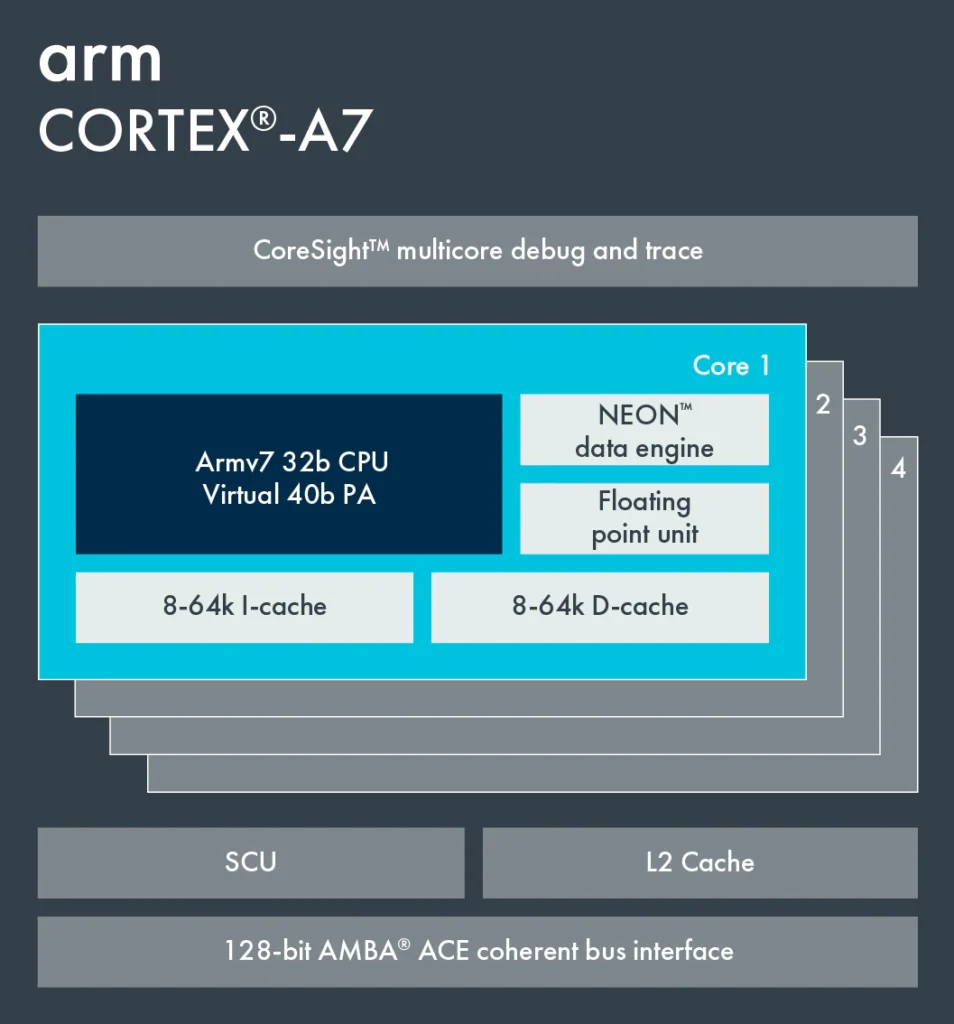
The ARM A7 Cortex cores are 32-bit and have these features:
- Armv7-A
- Thumb-2
- TrustZone security technology
- DSP extensions
- Neon advanced SIMD
- VFPv4 Floating Point
- Hardware virtualization support
- Large Physical Address Extensions (LPAE)
32-bit and 64-bit
Modern processing units are 64-bit. The future of apps is moving to 64-bit programming because 64-bit architecture can give apps a performance boost. The Alps_8239 uses 32-bit cores for its processing.
Clocked
The 4 cores are clocked at 1.5Ghz
This means each core is clocked at a maximum of 1.5 GHz, which is not very fast for modern equipment; coupled with the low number of cores, it won’t run very quickly, but it will run cool.
Each of the 4 cores requires less than 100mW of total power in typical conditions.
Limited RAM
The 32-bit architecture and budget design limit the RAM used with the Alps 8239 processing MCU. The limit is typically 2 GB RAM. Such a low amount of RAM limits the app’s responsiveness because less information can be stored in the RAM because of its limited size. The minimum recommended RAM to run modern Android apps is 4 GB to give a smooth and reactive feel to taps and swipes. More featured headunits with better processing power have 6 GB or 8 GB RAM installed.
Video Processing
The Mali450 MP video processing core serves the graphics of the Android headunit. Weak graphic processing is often found in Android headunits because they are not used in demanding 3D game apps or anything other than Google Maps or Waze. The Mali450 is well suited to the weak Alps 8239 because they were made for each other.
Fake Android Version
Expect faked Android versions with the Alps 8239. It can run old versions of Android reasonably well. Android 6 or the cut-down, stripped-out Android 8.1 Go would work best with such a low quantity of RAM and the low processing power supplied by the 4 cores. Any higher version of Android will use more of the available resources. Android 10, Android 11, and Android 12 on the full_8239_demo chip are likely to be fake.
Overall
The full_8239_demo specification with its 4x A7 cores and its Mali450 video looks very similar to the 8227L quad-core chip. It has been seen that some Android headunits advertised as having the 8227L are using the 8239 MCU. This is no real step up in performance or any jump in specifications. It looks like a different production run of the old 8227L chip, with a different name to differentiate the slightly higher clock rate it can handle.


